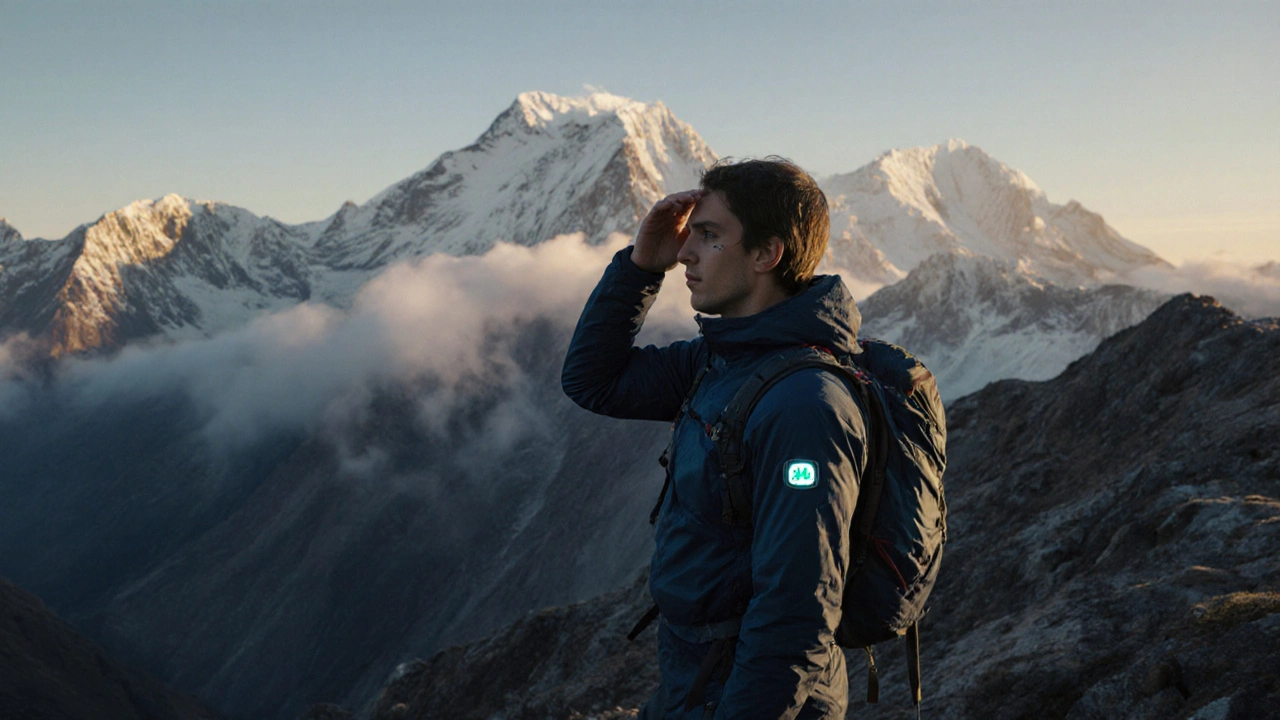Mountain Sickness: What It Is, How to Spot It, and Ways to Stay Safe
When dealing with mountain sickness, the collection of health problems that arise after a rapid ascent to high elevation. Also known as altitude sickness, it can affect anyone who climbs or flies to altitude without giving the body time to adjust. Acetazolamide, a carbonic anhydrase inhibitor prescribed to prevent or reduce the severity of altitude illness is often recommended for travelers planning a fast climb. The condition ranges from mild headache and nausea to serious forms like high‑altitude pulmonary edema (HAPE) and high‑altitude cerebral edema (HACE). Mountain sickness typically shows up within 6‑24 hours after reaching 2,500 meters (8,200 feet) or higher, but the timing can shift with individual fitness, rate of ascent, and previous exposure. Common signs include throbbing headache, dizziness, shortness of breath, loss of appetite, and disturbed sleep. If left unchecked, fluid can leak into the lungs (HAPE) or brain (HACE), leading to extreme shortness of breath, coughing up frothy sputum, confusion, or loss of coordination. Spotting these red‑flag symptoms early can be lifesaving; descend immediately if they appear.
How to Prevent and Treat Mountain Sickness Effectively
Effective prevention hinges on acclimatization, a gradual exposure strategy that lets the body adapt to lower oxygen levels. A good rule of thumb is to increase sleeping altitude no more than 300‑500 meters (1,000‑1,600 feet) per day and include a rest day every 3‑4 days. Hydration helps—drink plenty of water but avoid excessive alcohol or caffeine, which can worsen dehydration. A balanced diet with carbohydrates supports energy needs at altitude. When rapid ascent is unavoidable, a prophylactic dose of acetazolamide (125‑250 mg) taken every 12 hours can speed up the acclimatization process by stimulating breathing. In the field, over‑the‑counter pain relievers for headaches and anti‑nausea medications can improve comfort, but they don’t replace proper descent if severe symptoms develop. Supplemental oxygen and portable hyperbaric chambers are valuable tools for climbers operating at extreme heights, as they directly increase blood oxygen levels. Finally, keep an eye on weather; cold, dry air can exacerbate symptoms, while warm, humid conditions may mask early warning signs. By combining smart ascent plans, medication when needed, and awareness of body signals, most adventurers can enjoy high‑altitude experiences without falling ill.
The articles below dive deeper into each aspect—whether you need details on medication choices, step‑by‑step acclimatization schedules, or emergency actions for HAPE and HACE. Browse the collection to find the specific guidance you need for a safe and enjoyable trek.

The Future of Mountain Sickness Research and Treatment
Explore the latest research, emerging treatments, and cutting‑edge technology shaping the future of mountain sickness prevention and care.
